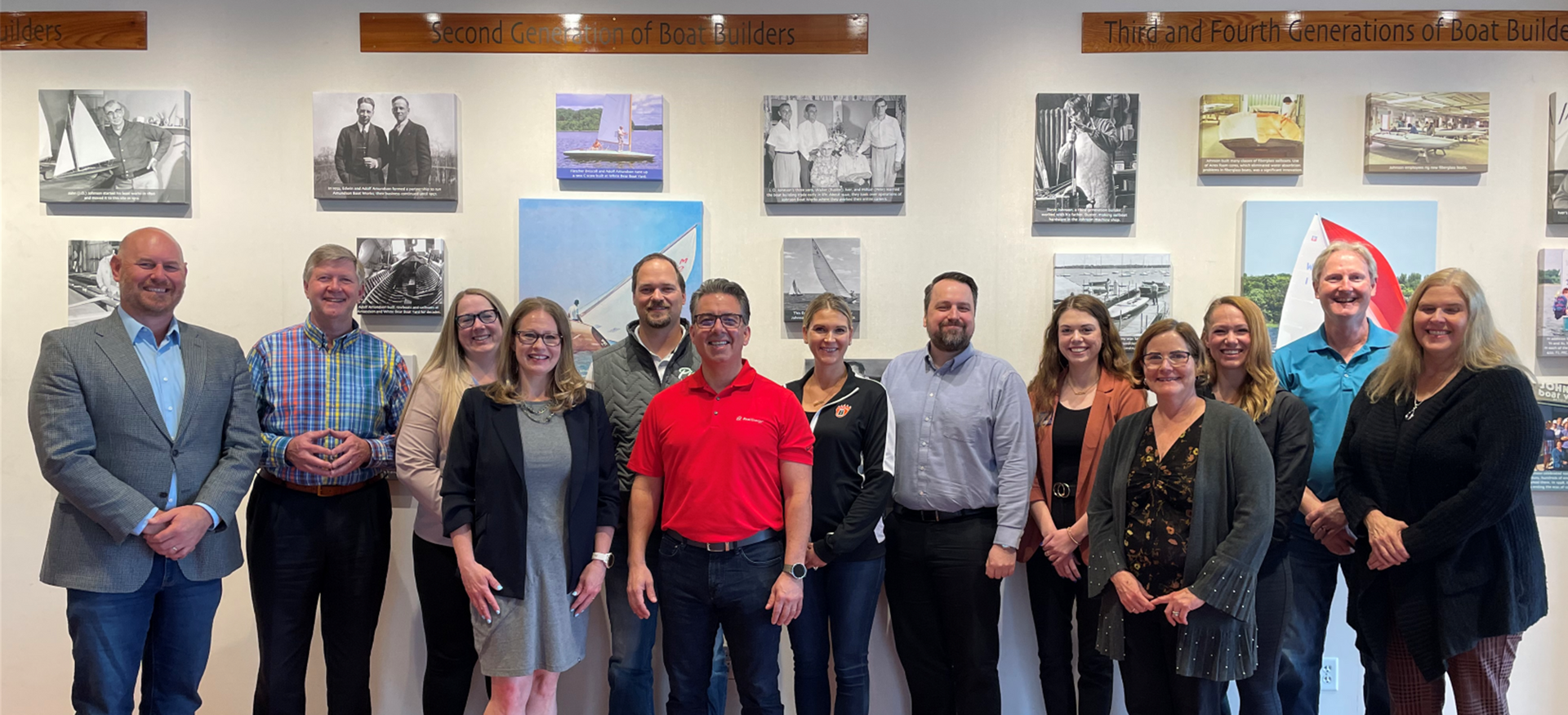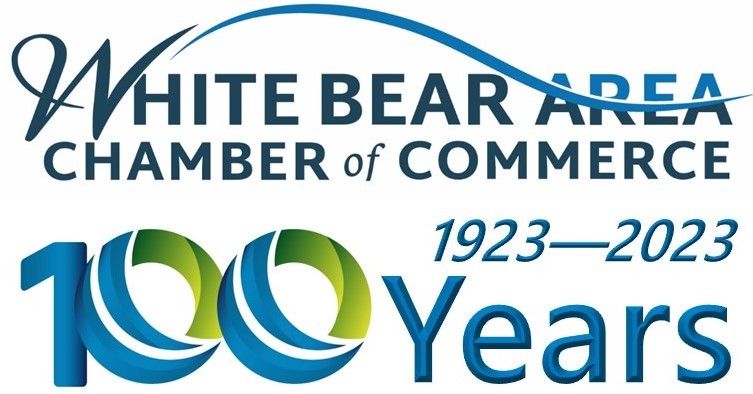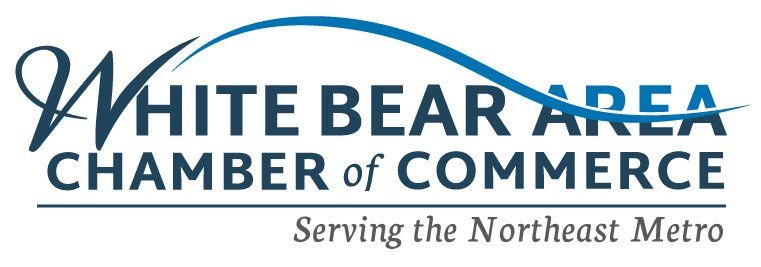Blog
White Bear Area Chamber of Commerce
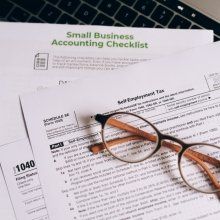
October 18, 2022
Minnesota’s taxes on private sector job creators and higher income taxpayers are higher than most other states. The gap between Minnesota and peer and neighboring states is wide, and getting wider. In the last two years, 27 states have reduced taxes and rates to make their states more attractive for investment and talent. Minnesota’s tax rates are in the top ten highest for both individual and corporate taxpayers, making the state an outlier. It is also one of 12 states still imposing an estate tax. These tax burdens create a barrier to economic growth, as high tax rates undermine investment, entrepreneurship and attraction and retention of talent – all items needed for strong private sector growth. ECONOMIC POTENTIAL Minnesota’s economy is highly developed, with the fifthmost diverse economy in the nation. In fact, the state ranks high across a range of metrics, with leading industry clusters, 16 Fortune 500 headquarters, high rates of innovation and one of the highest workforce participation rates in the nation. Minnesota’s future economic success is not guaranteed, and policies need to reflect the realities of an ever-increasing competitive landscape. CHALLENGES As is highlighted in the Minnesota Chamber Foundation’s Minnesota: 2030 report, the state’s overall economic performance is no longer nation-leading. Minnesota grew faster than the U.S. for decades, with job growth exceeding national job growth for 27 of 35 years from 1970-2004. Growth accelerated in the 1990s, with real GDP climbing 3.9% on average and employment growing 2.2% annually. Minnesota’s GDP growth and job growth lag the national average in nine of the last 10 years. Minnesota continues to have uneven outcomes across demographic groups and regionally, with populations of color and nonmetropolitan areas experiencing lower levels of economic well-being on average. Minnesota is losing population to other states. Domestic net migration ranks 42nd worst in 2021, and workforce growth has stagnated. CHOOSE TO GROW MINNESOTA Many factors impact the decision for businesses and individuals on where to invest or locate, including family, weather, cost of living and natural amenities. Not all of these factors are within policymakers’ control. However, tax policies that hinder growth opportunities are within policymakers’ control, and tax policy changes can yield economic results much more quickly. Minnesota’s top rate is the sixth-highest in the nation at 9.8% and is higher than all non-coastal states. Minnesota’s top rate kicks in at a lower threshold than other states’ top rate, so for some incomes, Minnesota’s tax burden is secondhighest in the nation. Minnesota’s next rate of 7.85% also ranks in the top 10 highest in the nation. Numerous economic research has found that high-income taxes negatively impact talent recruitment, investment and entrepreneurship. Minnesota is also only one of 12 states that still has an estate tax. The high income tax combined with estate tax creates a large financial disincentive for wealthier taxpayers to remain in Minnesota and hinders transfers of family businesses and farms. By 2024, Minnesota will have the highest corporate income tax rate in nation at 9.8% with the sunset of New Jersey’s 2.5% surcharge (imposed on income above $1 million). In 2023, Minnesota’s tax will already be highest in the nation for corporate taxpayers with net income under $1 million. Other states with high tax rates have implemented tax reforms to improve business competitiveness, including Pennsylvania and Iowa. Pennsylvania is phasing in corporate rate reductions with a reduction from 9.99% to 8.99% beginning in 2023 and then a 0.5% rate decrease until it reaches 4.99% in 2031. With a top rate of 9.8%, Iowa is phasing in corporate rate reductions based on revenue triggers until the rate reaches 5.5%. The corporate tax is a regressive tax as, ultimately, it is paid by consumers, employees and investors. According to economic research, the corporate tax is also one of the most volatile and economically detrimental taxes.

By Shari Wilson
•
March 28, 2022
HOW TO FILL WORKFORCE GAPS BY CREATING A DISABILITY-INCLUSIVE WORKPLACE More people with disabilities have a two-year degree and are looking for work than those without a disability. How can you include workers with disabilities in your workforce strategy? Recently, the Minnesota Chamber kicked off its Workforce Solutions Series with a virtual event featuring strategies from experts on how building an inclusive workplace can help your business meet your recruitment needs and provide meaningful, fulfilling employment. INTERESTED IN LEARNING MORE? Click below to view the full on-demand webinar from the Workforce Solutions Series.

By Richard Scully
•
January 14, 2022
The Latest on Omicron from the Minnesota Department of Health January 14, 2022 | By Commissioner Steve Grove | Economic Development This week, the Department of Employment and Economic Development (DEED) convened business leaders from across Minnesota to learn about the latest information on the Omicron strain of COVID-19. If you missed these webinars, you can watch it here. Omicron is a very effective strain of the virus and moves quickly, in fact, it is doubling every 1.5 - 3 days. In Minnesota, the large number of cases suggest widespread community transmission, leading to an estimated 90% of cases right now likely attributed to Omicron. As cases rise, the increase in demand for hospital resources follows. Our healthcare capacity is stretched very thin and the demands on it are expected to worsen. And our workforce is at continued risk of increased absences due to the disease. The bottom line: the best way to arm yourself against Omicron is to get vaccinated and boosted, mask up and stay home when you are sick. While there is evidence of less severe disease, we must continue to get Minnesotans vaccinated – the Omicron strain is a especially milder in people who are immunized through vaccination before they contract the infection. Updated quarantine guidance: The following guidance applies in all cases: You must be able to mask at all times when with others (30% of cases are still infectious at day 6). You should avoid immunocompromised and higher risk individuals. There are shortened timelines for returning to work, school and essential activities, detailed below. If you test positive during quarantine, you will need to move into isolation. Some additional sector-specific guidance is in development, and we will share that as it is developed.

By Shari Wilson
•
November 29, 2021
Friday, December 3rd, 2021 Between 11:00 am & 7:00 pm Chamber office, 4751 Highway 61, WBL With a Special Holiday Singing Appearance from: Children's Performing Art s' Cast of Elf Jr. 5:00pm - 6:00pm Join us for a special 'Not Your Typical' Gala! Come as you are, come when you want (between 11:00am - 7:00pm), bring a friend, bring your whole office, just be sure to bring your wallet for some great shopping at our spectacular Silent Auction! Registration is only $25 and includes:Tasty appetizers, our delectable dessert buffet, beverages (Yep, adult ones, too!!) Get your bid on with our amazing auction, check-out our bountiful Restaurant Tree and much, much more! It's all fun. Special Office Packages available - includes additional signage and advertising! Contact Shari or Maureen at 651-429-8593 for Silent Auction Donations. Thank you to our sponsors: Grandma's Bakery Hallberg Engineering HyVee Maplewood Kowalski's Pine Tree Apple Orchard Stonehouse Catering Sponsorships available call our Chamber office for more details.

By Shari Wilson
•
November 15, 2021
Vaccine Mandates: The Most Important Questions for Businesses Answered New rules around employee vaccine mandates go into effect on November 5. Here’s our guide to which businesses are subject to the rules, which employees need to be vaccinated, options for unvaccinated employees, and more.

By Richard Scully
•
October 22, 2021
On Thursday, September 9, President Biden mandated "that all employers with more than 100 workers require them to be vaccinated or test for the virus weekly, affecting about 80 million Americans." Check back here as more details emerge about what this means for Minnesota employers. Biden announces vaccine mandate for employers with more than 100 workers from Associated Press (September 9, 2021) What Biden's vaccine mandate means for employers from The Business Journals (September 9, 2021) Vaccine mandates now required: What to know about Biden’s new rules from HR Executive (September 9, 2021) Minnesota businesses await more guidance in wake of Biden vaccine mandate from Fox (September 9, 2021) 6 experts on what Biden’s vaccine mandate means for HR from HR Executive (September 10, 2021) What employers can do now to prepare for Biden's vaccine mandate from The Business Journals (September 23, 2021) As mandate looms for large firms, how are small businesses approaching vaccinations? from The Business Journals (September 27, 2021)

By Minnesota Chamber of Commerce
•
October 15, 2021
The 2021 Legislative Session was defined by the ongoing global COVID-19 pandemic, considerable financial uncertainty, unprecedented levels of federal stimulus and the state operating under 16 months of emergency powers. With the Legislature, lobbyists and stakeholders working remotely, a record number of bills were introduced, many of which were unrealistic and overly ambitious given the constraints of the session and the partisan make-up of the nation’s only split legislature (House controlled by Democrats, Senate controlled by Republicans). The regular session started in January and concluded May 17, requiring a 16-day special session to complete the state’s fiscal years 2022-23 budget and avoid a shutdown. The budget forecast unexpectedly changed from a $1.2 billion deficit in November to a $1.6 billion surplus in February. In March, the federal government provided Minnesota $2.83 billion in American Rescue Plan Act (ARPA) funds. Guidance on use of these funds was provided in mid-May—the primary reason for the special session. Local governments, higher education institutions, public schools, hospitals and child care facilities received over $5 billion in federal emergency funds directly. In addition to the surplus and federal funds, state budget reserves are at robust levels of $1.88 billion. State government spending is projected to be $2.83 billion under current law for FY 2022/23 (6.8% growth over previous budgets). Even with a large surplus and record federal funding, Governor Walz and the House DFL majority aligned on proposals to enact new permanent tax increases to fund new spending. The proposed tax increases included a new 5th tier for individual income tax, corporate rate increase; surcharge on capital gains; and higher taxes on corporate foreign earnings. The Senate Republicans were opposed to any new tax increases and argued spending needs could be prioritized with current law resources and the additional federal dollars. The Minnesota Chamber’s approach with policymakers was to “do no harm” to employers and the still recovering economy. We succeeded in helping to stabilize businesses that had suffered economic disruption and damage, protected employers from onerous mandates, and positioned the economy to not just recover but to grow.
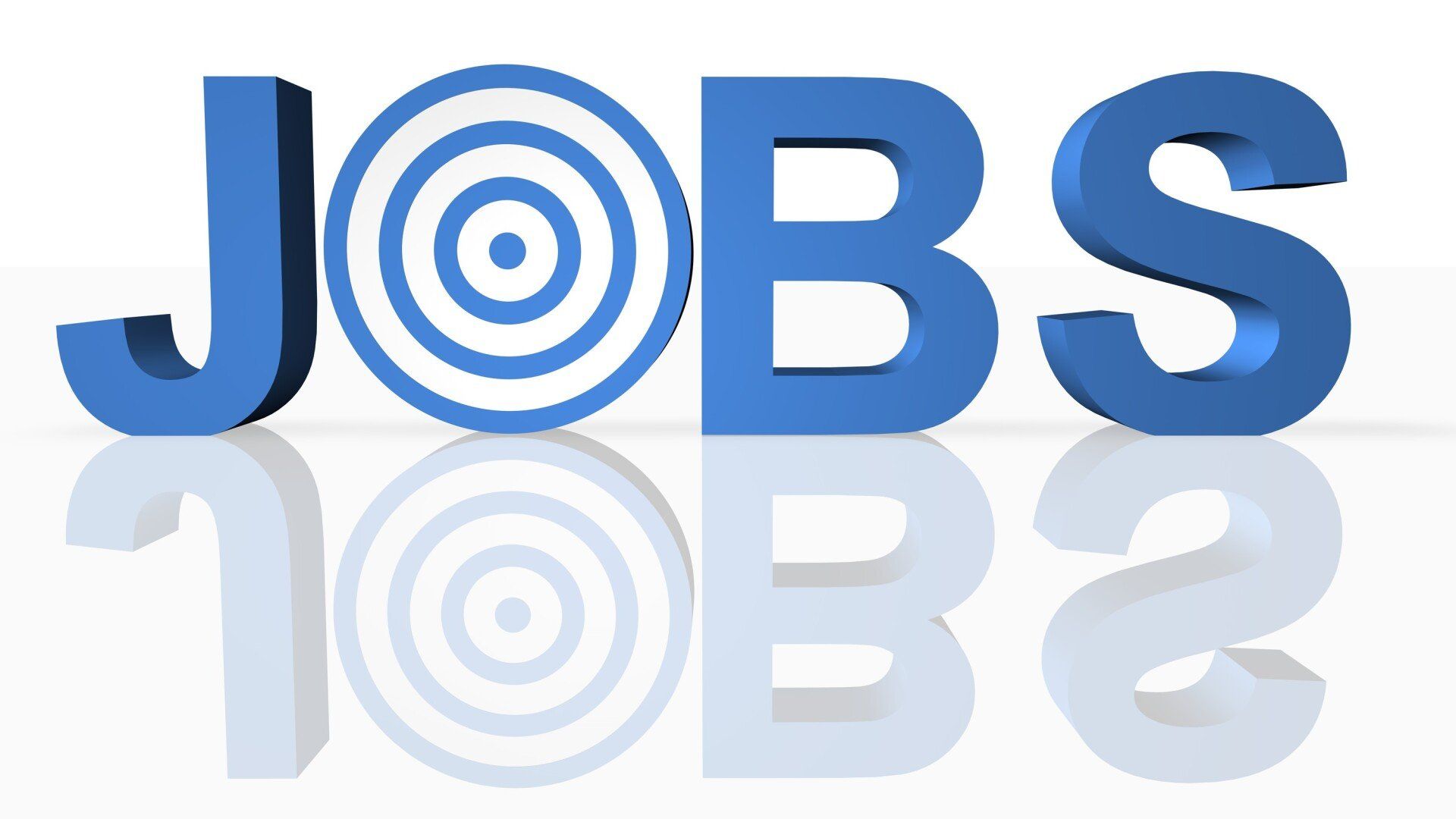
By Shari Wilson
•
September 7, 2021
September is Workforce Development Month, a time to honor workforce development leaders and staff across Minnesota, as well as draw attention to the resources available to those looking for work, wanting to prepare for in-demand employment or exploring their career options. The State of Minnesota recognizes that investment in the education, training and career advancement of Minnesota's workforce is crucial to the ability of our state to compete in the global economy. In Minnesota, the Department of Employment and Economic Development (DEED) and its business and nonprofit partners throughout the state lead these important efforts. Minnesota’s unemployment rate for July is at 3.9%, nearly where it was before the pandemic hit in early 2020. But the unemployment rate is only part of the story. Minnesota’s labor force participation rate was 67.8% in July, significantly higher than the national rate of 61.7%, but down from Minnesota’s rate of 70.2% right before the pandemic. That drop of 2.4 percentage points translates to 87,050 Minnesotans no longer working or looking for work. “At DEED we are working to increase Minnesota’s labor force participation rate, but we know there are many reasons why some Minnesotans have at least temporarily left the labor force,” said DEED Commissioner Steve Grove. “Many people are concerned about contracting COVID-19, others have struggled with child care, and often there is a mismatch between the skills and location of people looking for work and the types of jobs available now. At DEED we’re working to overcome these barriers and help people find work that is a good fit for them and help Minnesota employers find the workers they need to succeed.” The COVID-19 pandemic has changed Minnesota’s labor market in unprecedented ways, starting with the largest and fastest job loss in state history to the steepest, followed by the swiftest employment recovery Minnesota has ever witnessed following a recession. Currently, there are tens of thousands of jobs available across the state and employers are struggling to find workers to fill them due to a variety of factors. In some cases, workers may need to gain new skills to find a job in their area that meets their family’s needs. Collaboration between the workforce system and business, education, and private-public partners is critical to align training and workforce needs. “Never in recent memory have investments in our state’s workforce development and the need to innovate to adapt to rapid changes been more important,” said Commissioner Grove. “Thanks to bipartisan support in the state legislature last session, Minnesota has made significant additional investments to help Minnesotans who are underemployed or who have barriers to employment get the training they need to get hired in jobs that are in high demand and on a promising career path.” Throughout the pandemic, DEED staff have been working to connect more Minnesotans who are out of work with employment and resources to help them prepare for employment including local training programs and Adult Basic Education. DEED staff have made more than 70,000 phone calls to Minnesotans receiving unemployment benefits. In every conversation, staff shared information about CareerForce resources that could help them find employment. CareerForce is Minnesota’s workforce system and is made up of DEED staff and workforce development partners around the state who are offering services over the phone, online in person by appointment. CareerForce is helping people leverage transferable skills to move to new in-demand careers when they can’t find work in their previous field, which is especially essential now as federal enhanced unemployment benefits end in early September. CareerForce staff are also helping Minnesotans work on their resumes, prepare for job interviews and network to find employment now. Even before the pandemic, there were major changes underway in Minnesota’s workforce due to dramatic demographic changes in our state and across the country. In Minnesota, more than a half million people will reach the age of 65 between 2015 and 2035, leading to a decline in the share of the working age population from 62% to 57% during that time. In addition, by 2035, one in four Minnesotans will be from a community of color or Indigenous population. Bringing all Minnesotans who need sustainable employment into the workforce will help address employment and economic disparities faced by some Minnesotans that have a negative impact on all state residents. DEED has established strategic objectives to tackle disparities, modernize our offerings and sharpen our focus on meeting the needs of employers. DEED and its partners in CareerForce are committed to customer-focused services and putting equity at the center of all our work. S ee Governor Walz’s proclamation of Workforce Development Month .
2024 White Bear Area Chamber Board of Directors
